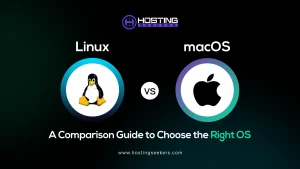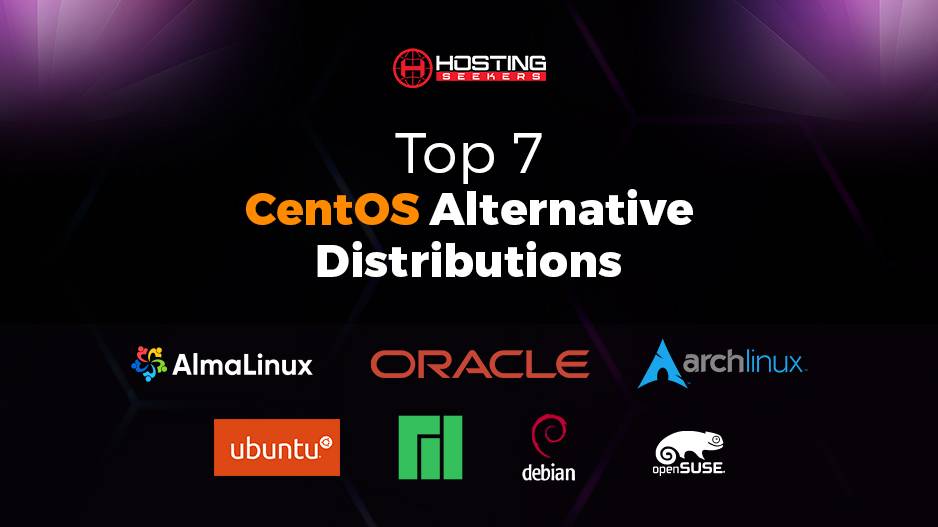
Top Alternatives to CentOS Linux Server Distributions For Programmers – 2025 Edition
Linux World Updated on : December 31, 2024CentOS has long been a stalwart choice for many organizations and individuals seeking a stable and robust operating system. CentOS has gained a dedicated user base over the years and is renowned for its reliability and long-term support. Currently, 2,248,031 live websites are using CentOS. (Source: trends.builtwith.com )
However, the sudden shift from CentOS Linux to CentOS Stream left many users seeking alternatives that align better with their requirements. This blog post aims to guide you through the world of best CentOS alternatives, helping you navigate the options available and select the one that best suits your specific use case.
Table of Content
Why Switch from CentOS?
Switching from CentOS, a popular Linux distribution known for its long-term support and stability, may be prompted by several factors. Also, recently, CentOS underwent significant changes with the shift from the CentOS Linux to the CentOS stream, altering its position as a predictable platform. This has led many users and organizations to explore its stability and long-term support.
Here are some reasons that will help you switch from CentOS:
1. Lack of Long-Term Support
CentOS stream provides a continuous delivery model that means users get the latest updates but may sacrifice the long-term support and stability that CentOS Linux provided. Also, organizations that need a long-term platform may prefer centos alternative options.
2. Community Concerns
The shift to the CentOS Stream has caused uncertainty and concern within the CentOS community. Also, some users are exploring centos 7 alternatives with clearer roadmaps and community governance.
3. Enterprise Support
Enterprises depending on CentOS for critical workload may prefer distribution with robust commercial support options, enabling timely assistance and updates.
Top CentOS Alternatives: Comparison Table
| Alternatives | Features | Pricing |
|
1. Alma Linux |
CentOS fork; Community-driven; Stability; Long-term support |
Free |
| 2. Ubuntu | User-friendly; Wide community support; Regular releases; Good for desktop and server |
Free; Paid support available |
|
3. Manjaro |
Arch-based; Rolling release model; User-friendly; Access to Arch’s vast repositories |
Free |
|
4. openSUSE |
Stable; Robust administration tools; Support for various desktop environments |
Free; Paid support available |
|
5. Debian |
Stable; Huge software repository; Community-driven; Focus on free software principles |
Free |
| 6. Arch Linux | Rolling release; Highly customizable; Lightweight; Extensive documentation |
Free |
| 7. Oracle Linux | Unbreakable Enterprise Kernel (UEK); Comprehensive Compatibility Enterprise-Grade Support | Free |
Top Alternatives to CentOS Linux Server
1. Alma Linux
AlmaLinux Server OS makes it easier for users to migrate from CentOS. It allows server fleets to be converted with a single command without system reinstallation or reboots. Furthermore, it offers features like Errata, regular releases, and secure boot support. Alma Linux is 100% free forever. Developers can rely on this new yet stable CentOS alternative distro to run every critical workload. It also enjoys Cloud Linux’s vast community support.
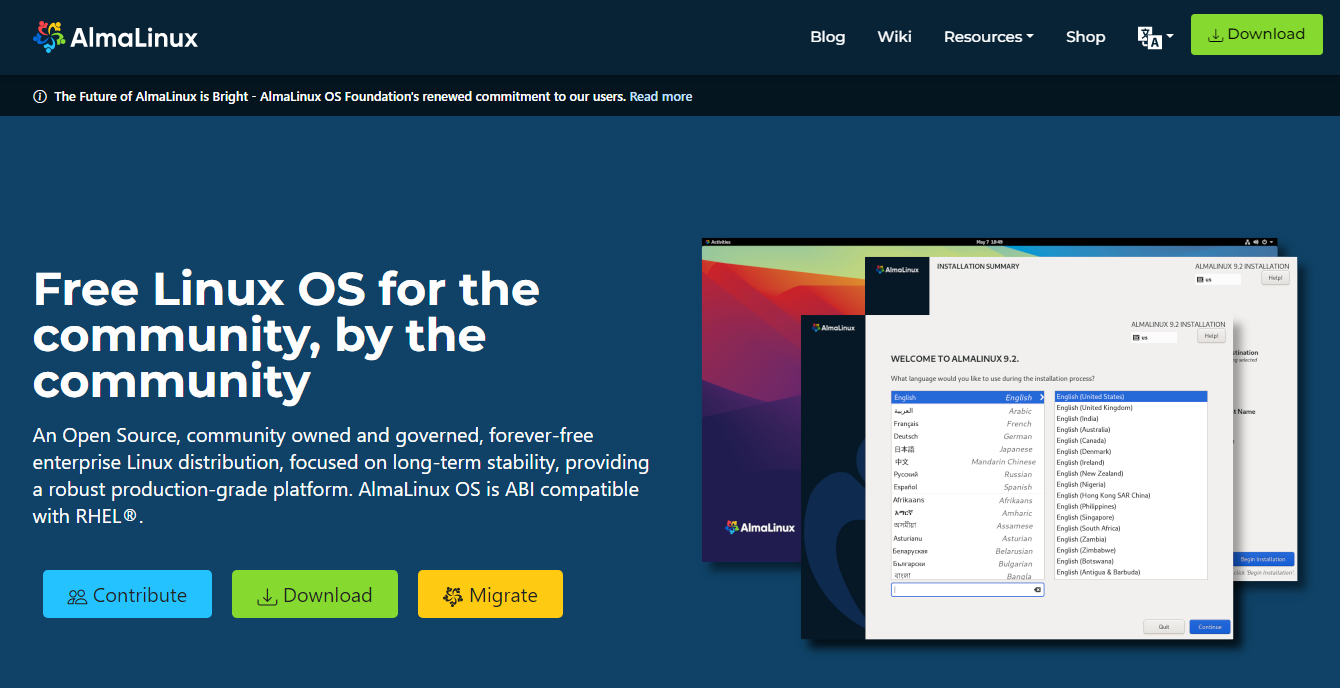
Reasons to Choose
- Ideal for users who still look for CentOS replacement options.
- Runs all types of critical workload.
- 100% free for a lifetime.
2. Ubuntu
Ubuntu is among the best Linux distros that has risen to prominence as the preeminent Linux distribution for developmental endeavors. Rooted in the Debian framework, this Linux distribution has found extensive utilization in cloud and server environments, boasting an open-source nature that aligns with the principles of free software. As time has progressed, Ubuntu has emerged as a central figure within the Linux desktop landscape, garnering accolades for its unparalleled community backing.
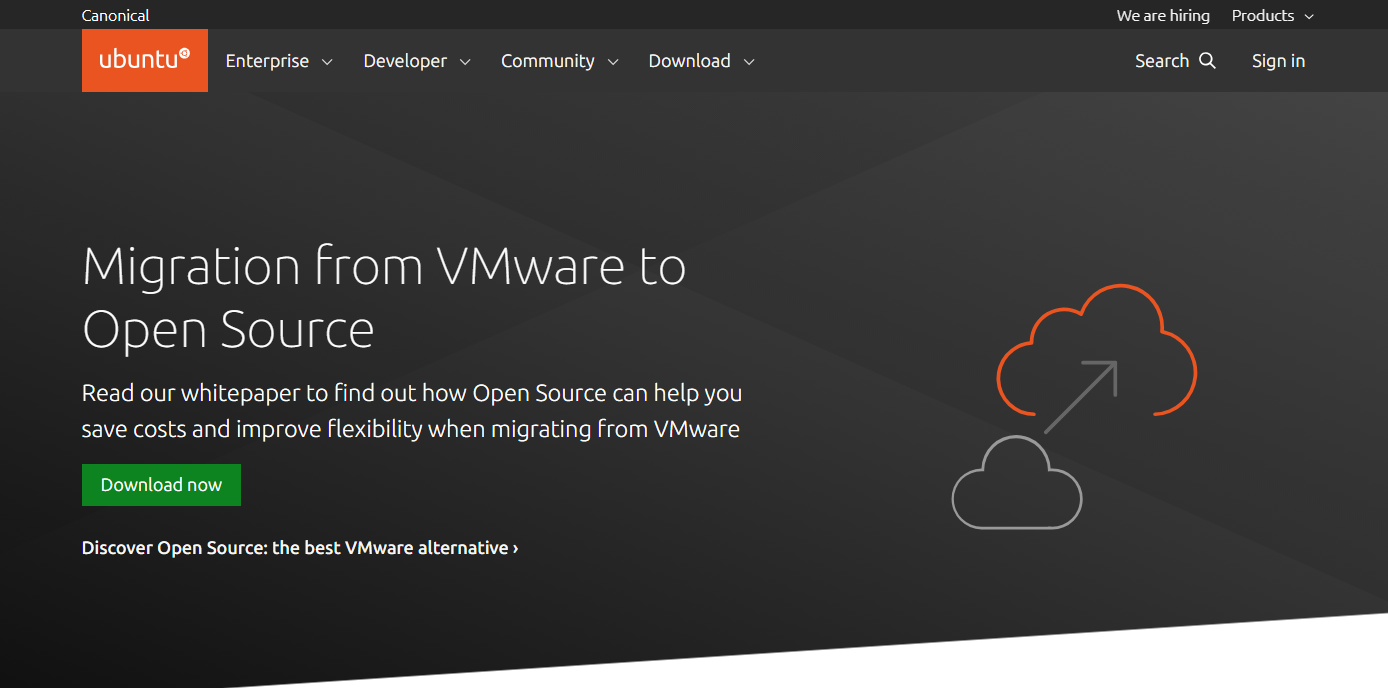
Reasons to Choose
- Suitable for all kinds of users
- Extremely well documented
- Offers reliable long-term support releases
3. Manjaro
Manjaro stands for a purposeful desktop-oriented operating system. Catering to both novices and veterans, Manjaro exudes user-friendliness, rendering it an optimal sanctuary for those navigating the intricacies of Arch installation. Facilitated by a graphical user interface (GUI) installer reminiscent of Ubuntu or LinuxMint, the labyrinthine path to Arch becomes remarkably accessible.
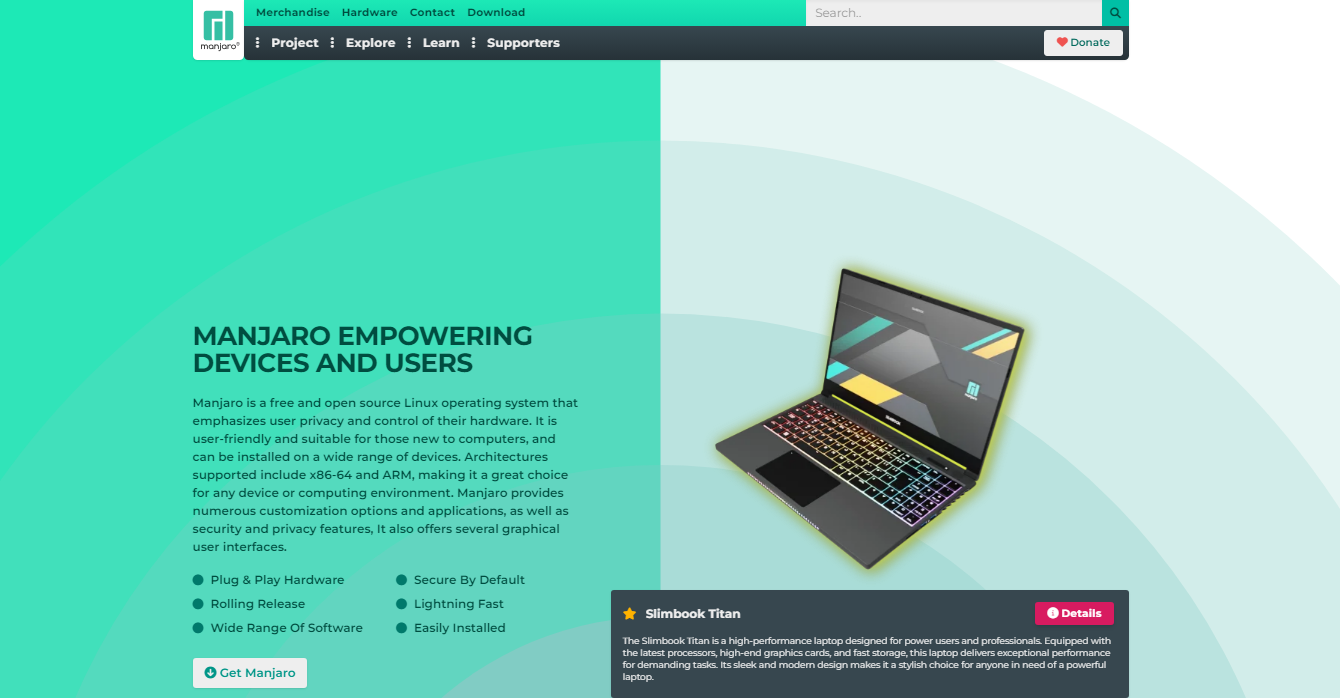
Reasons to Choose
- Based on Arch
- Intuitive custom tools
- Multiple editions
4. openSUSE
openSUSE posture in the world of Linux is a testament to its unwavering commitment to maintaining a harmonious balance between stability and advancement. Much like a finely tuned orchestra, openSUSE orchestrates its offerings with a precision that elevates it as a serious alternative to Ubuntu. The duo Leap and Tumbleweed presents a panorama of choices, tailored to the diverse appetites of the user base. Whether one leans towards the enduring stability of Leap or seeks the frontiers of software exploration in Tumbleweed, openSUSE beckons as a beacon of proficiency.
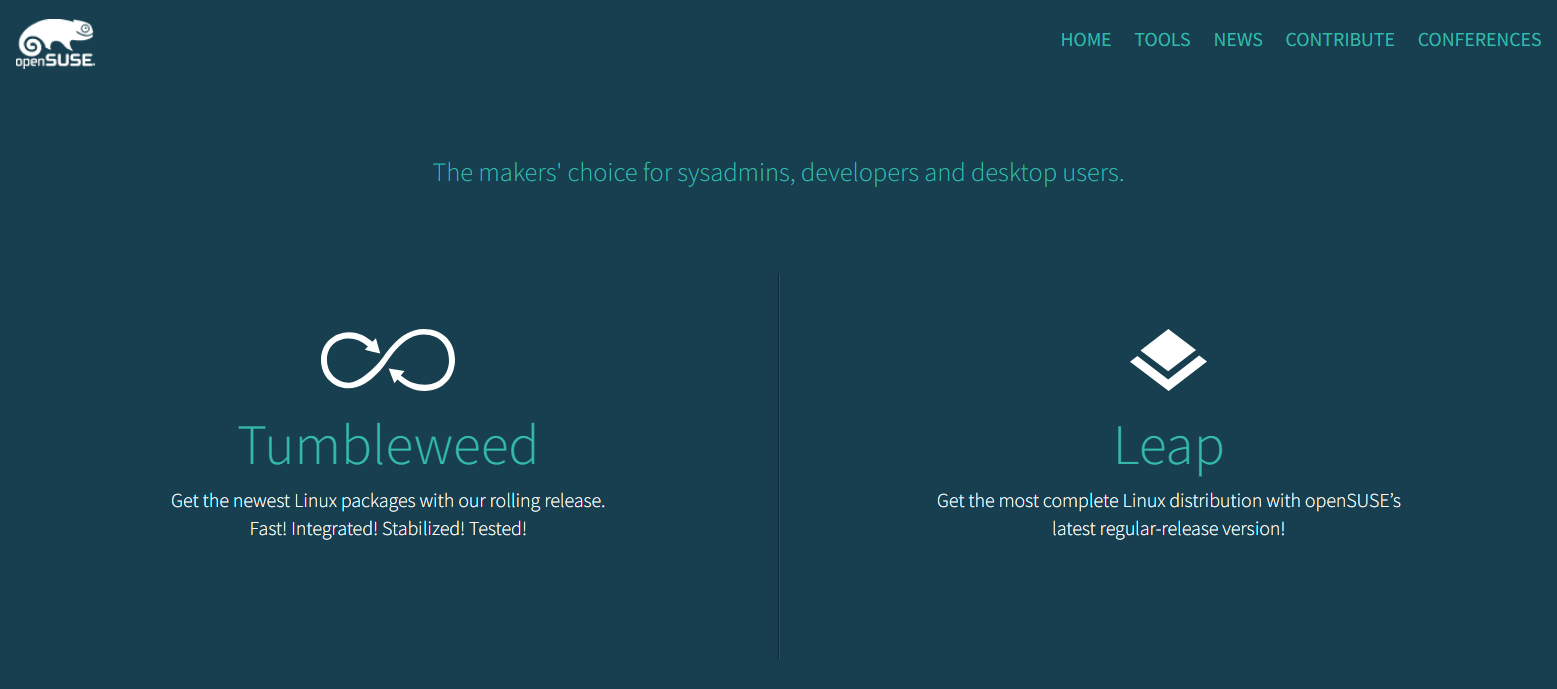
Reasons to Choose
- Both regular and rolling releases
- Designed for programmers
- Powerful configuration tool
5. Debian
Debian is one of the most influential Linux distros and CentOS substitute, known for its ease of use and stability. The stable branch of Debian provides the best security features and package updates, ensuring continuous uptime. This way, you can also harden your Linux servers effortlessly.
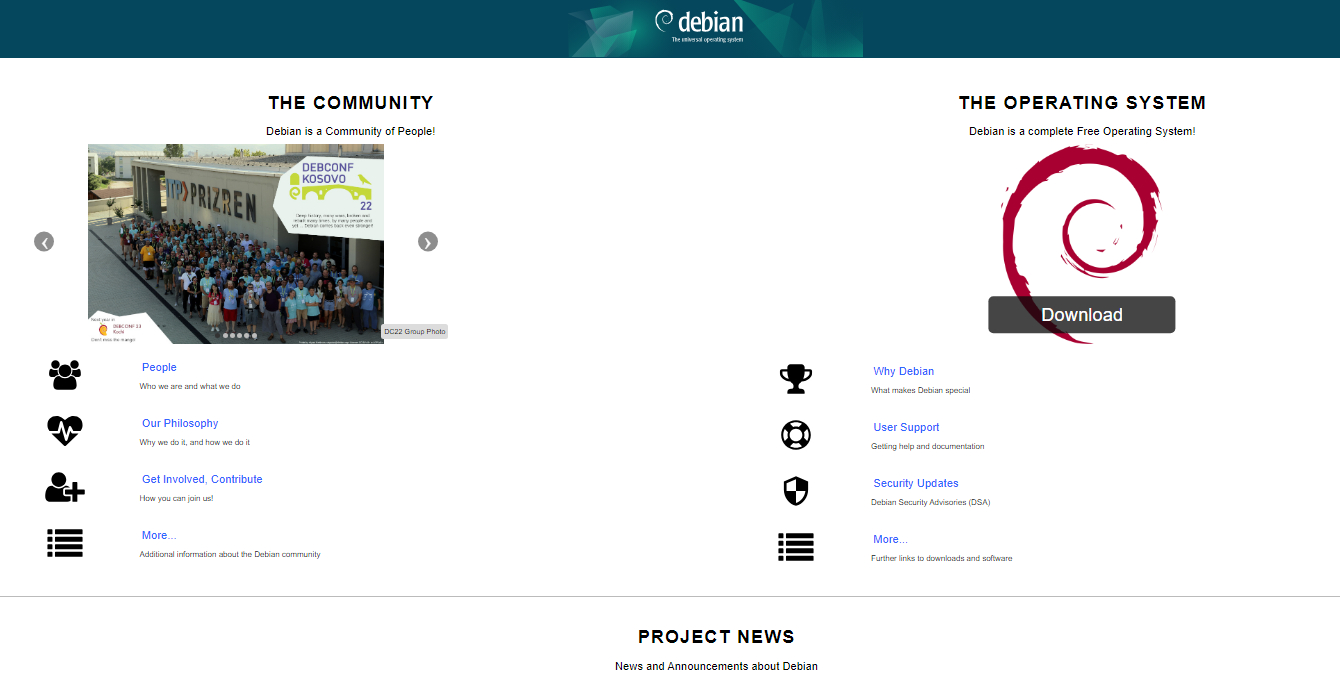
Debian offers users easy access to application software without needing to pre-install it. You can choose from over 60,000 pre-compiled software packages. These are free and easy to install. Moreover, its extensive hardware support makes it easy to start servers virtually anywhere.
Reasons to Choose
- Built for stability
- Extensive manuals
6. Arch Linux
Arch Linux emerges as an autonomous creation, resounding profoundly with ardent Linux aficionados. This distribution introduces a distinct pathway for installation, appealing to users who harbor an innate affinity for Linux’s intricacies. The Arch experience is characterized by its unwavering commitment to user customization and a dynamic rolling-release framework, extending an invitation to both novices and veterans seeking unique mastery.
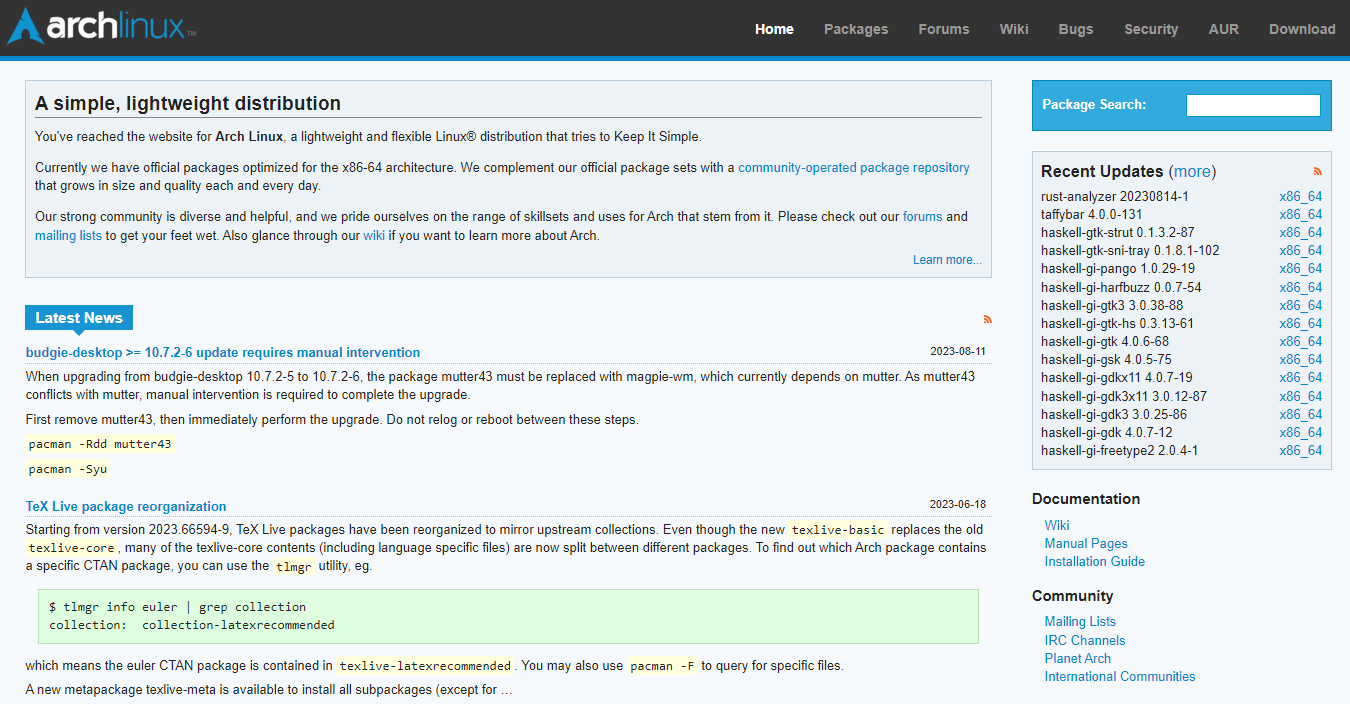
Reasons to Choose
- Easy one-click installation
- Vast repository
7. Oracle Linux
Oracle Linux stands as an embodiment of meticulous development geared towards delivering unparalleled performance, steadfast reliability, and unwavering security for open cloud infrastructures. This distillation of attributes underscores Oracle’s commitment to crafting a server distribution that thrives in the contemporary technological landscape.
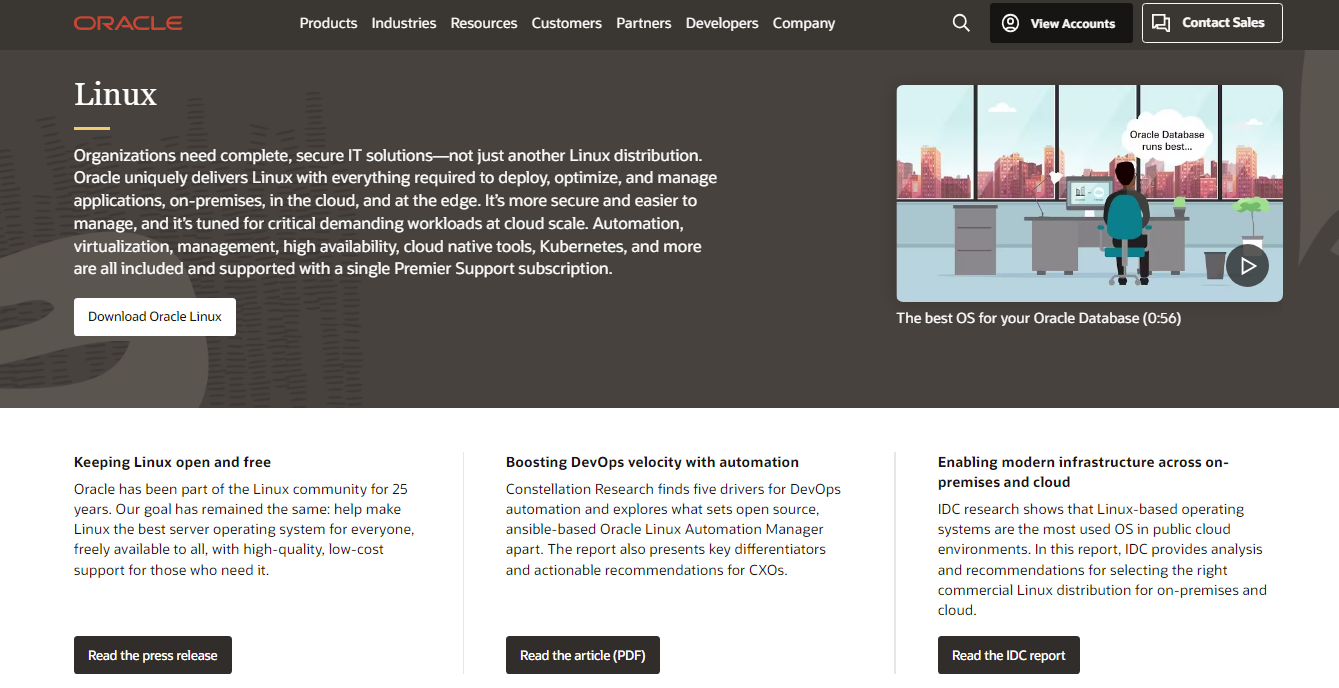
Reasons to Choose
- Free to download
- Exceptional performance for businesses.
- Extensive Oracle support
What to Consider When Choosing a CentOS Linux Server Alternative?
When choosing an alternative to CentOS for a Linux server, consider the following factors:
1. Stability and Reliability
Look for a distribution that offers long-term support (LTS) or a stable release cycle to ensure your server remains reliable over time.
2. Community Support
Consider the size and activity of the distribution community. A vibrant community can provide valuable resources, documentation, and support forums to assist you in troubleshooting issues.
3. Compatibility with Existing Infrastructure
Ensure the Linux alternative distribution is compatible with your existing software, hardware, and infrastructure requirements. This includes compatibility with applications, drivers, and server management tools you rely on.
4. Security Updates
Choose a distribution that provides timely security updates and patches to protect your server from vulnerabilities and threats.
5. Ease of Management
Evaluate the distribution’s management tools and administrative features. A user-friendly interface, centralized management options, and automation tools can simplify server management tasks.
6. Performance
Consider the performance requirements of your server workload. Look for a distribution that offers optimized performance for your specific use case, whether it’s web hosting, database management, or application hosting.
7. Package Availability and Software Ecosystem
Assess the availability of software packages and repositories for the distribution. A robust software ecosystem ensures you have access to the tools and applications you need to support your server workload.
8. Long-Term Support and End-of-Life Policy
Understand the distribution’s support lifecycle and end-of-life policy. Choose a distribution that aligns with your organization’s support requirements and ensures long-term stability for your server infrastructure.
9. Licensing and Costs
Consider the licensing model and associated costs of the distribution. Some distributions offer free, open-source solutions, while others may require subscription fees for additional support or enterprise features.
10. Customization and Flexibility
Evaluate the level of customization and flexibility offered by the distribution. Choose a distribution that allows you to tailor the server environment to meet your specific requirements and preferences.
Conclusion
The realm of CentOS alternatives unfolds as a rich tapestry of choices, each presenting its own unique blend of traits. As programmers venture into this array, the choice ultimately rests on aligning the distribution’s offerings with individual objectives and preferences. The era beyond CentOS marks a new chapter in the journey of programmers, inviting them to embrace change while forging ahead with the unwavering spirit of innovation.
Frequently Asked Questions (FAQs)
Q 1: What should I replace CentOS with?
Ans: When replacing CentOS, consider alternatives like AlmaLinux, Rocky Linux, Ubuntu, Debian, or Fedora. AlmaLinux and Rocky Linux are specifically designed as CentOS replacements, aiming to maintain the stability and compatibility that CentOS was known for prior to its shift to the CentOS Stream.
Q 2: Which Linux distribution is best for programmers and developers?
Ans: For programmers and developers, several Linux distributions stand out. Ubuntu is widely popular due to its user-friendliness, extensive community support, and comprehensive documentation. Fedora appeals to developers seeking the latest technologies and features, while Arch Linux offers unparalleled customization options. Debian provides a stable platform with a vast package repository, and openSUSE offers a balance of stability and ease of management with tools like YaST.
Q 3: Is CentOS good for programming?
Historically, CentOS has been a solid choice for programming, particularly for server-side applications, thanks to its stability and compatibility with Red Hat Enterprise Linux (RHEL). However, with the transition to CentOS Stream, which follows a rolling release model, its suitability for long-term stability may be questioned. Users seeking a more traditional CentOS experience may prefer alternatives like AlmaLinux or Rocky Linux.
Q 4: What is the most popular Linux server distribution?
Ans: The most popular Linux server distributions include Ubuntu Server, CentOS (prior to its transition to CentOS Stream), Debian, Red Hat Enterprise Linux (RHEL), and Fedora. These distributions are widely used in various server environments, ranging from small businesses to large enterprises, offering a balance of stability, support, and software availability.
Q 5: Is CentOS outdated?
Ans: CentOS itself is not outdated, but its recent transition to CentOS Stream has sparked discussions about its relevance for certain use cases. CentOS Stream, being a rolling release, offers more frequent updates but may sacrifice long-term stability compared to the traditional CentOS releases. Many users have migrated to alternatives like AlmaLinux or Rocky Linux, which aim to provide the stability and compatibility that CentOS was known for.
Q 6: What are the disadvantages of CentOS?
Ans: CentOS, particularly with its shift to CentOS Stream, has faced several criticisms:
Reduced Stability: The transition to a rolling release model in CentOS Stream may compromise its reputation for long-term stability.
Uncertain Future: The change in development model has led to uncertainty about the long-term roadmap and its alignment with enterprise needs.
Support and Updates: CentOS Stream receives more frequent updates, potentially leading to less predictability and compatibility issues.
Compatibility: Software certified for traditional CentOS may require re-certification for CentOS Stream or alternatives.
Community Fragmentation: The shift has caused fragmentation in the CentOS community, with some users and contributors moving to other distributions.




